Kokino Observatory
This 3,800-year-old site contains markers used to study the movement of the sun and moon and create a lunar calendar.
The science of observing the sky and measuring time based on its changes is almost as old as civilization itself. Many early societies had their own calendars, and archaeologists continue to find evidence of this at various sites.
In 2001, the ruins of a Bronze Age settlement were found outside the small North Macedonian village of Kokino. Amid the signs of occupation like pieces of vessels and weapons, researchers also discovered giant stones arranged in puzzling patterns, at an elevation of over 3,300 feet. With further study, they identified these as stone markers used to track the patterns of the sun and the moon, making the site an ancient megalithic observatory, dating back nearly 3,800 years.
Two platforms, separated by a height of around 62 feet, are located at the center of the observatory’s remains. Four massive stone thrones, facing the direction of the east, make up the lower platform. The higher platform consists of markers carved into malleable andesite rocks, that indicated significant astronomical events like the summer and winter solstices, as well as the spring and autumn equinoxes.
While seated on the thrones, particularly the second one, the exact movement of light during these days could be seen. The most powerful member of the community usually took his place on this special seat, and observed the light that streamed through the carved markers, and soaked in the energy of the sun. Rituals based on these solar changes were held at the observatory.
Information about the change in seasons was conveyed through a huge fire, visible to people living in surrounding areas. The appearance of this blaze told people when it was time to start planting, ploughing, or harvesting, allowing them to plan their agricultural calendar. Their lunar calendars followed a 19-year cycle, where, for the first 12 years, each year had 12 months—6 summer months, and 6 winter months. The remaining 7 years were divided into 13 months each.
Kokino, with its dual function as a scientific and ritual site, is of great interest to archaeoastronomy researchers, who study the sky-based rituals of ancient societies through the lens of anthropology and modern astronomy.
Community Contributors
Added by
Edited by
Plan Your Trip
The Atlas Obscura Podcast is Back!




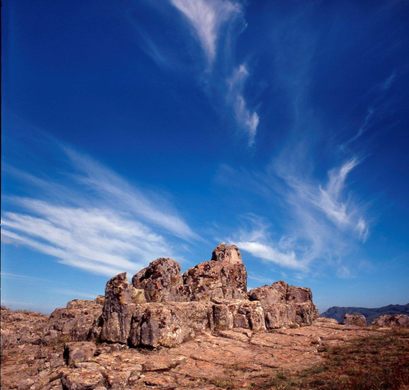












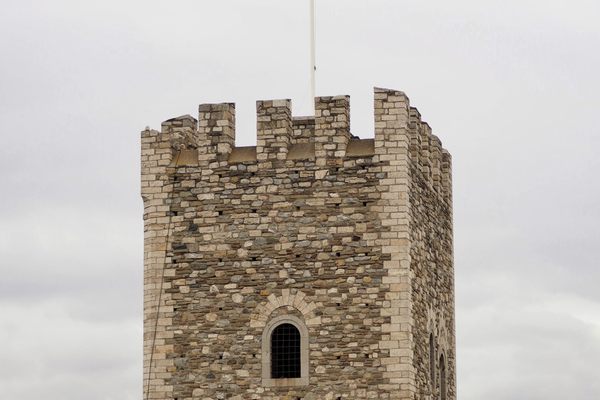



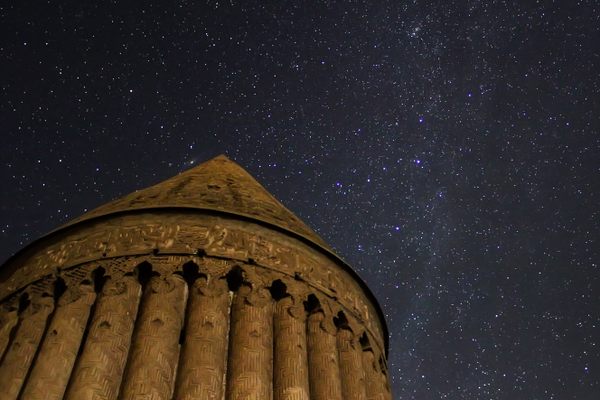
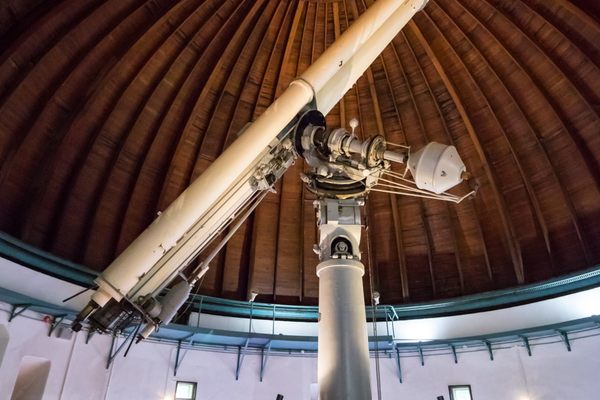

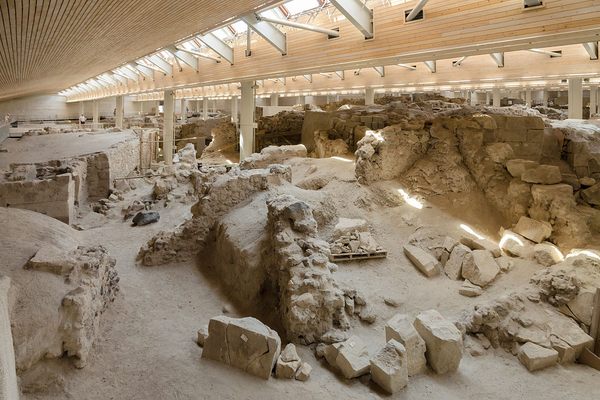

Follow us on Twitter to get the latest on the world's hidden wonders.
Like us on Facebook to get the latest on the world's hidden wonders.
Follow us on Twitter Like us on Facebook